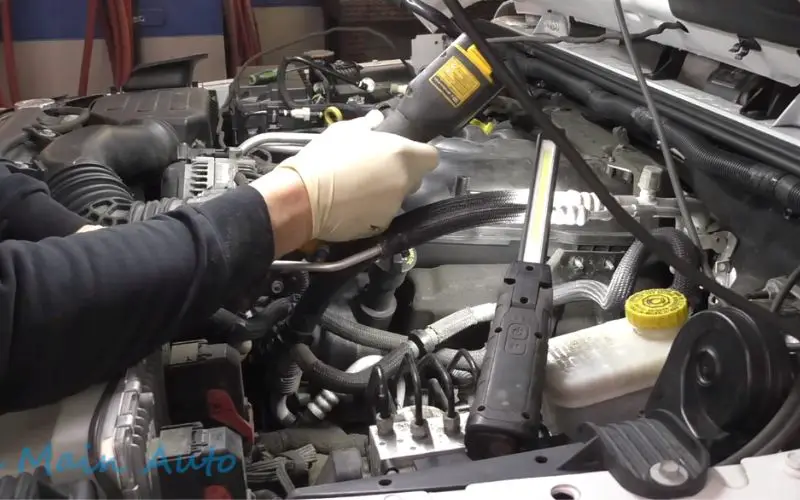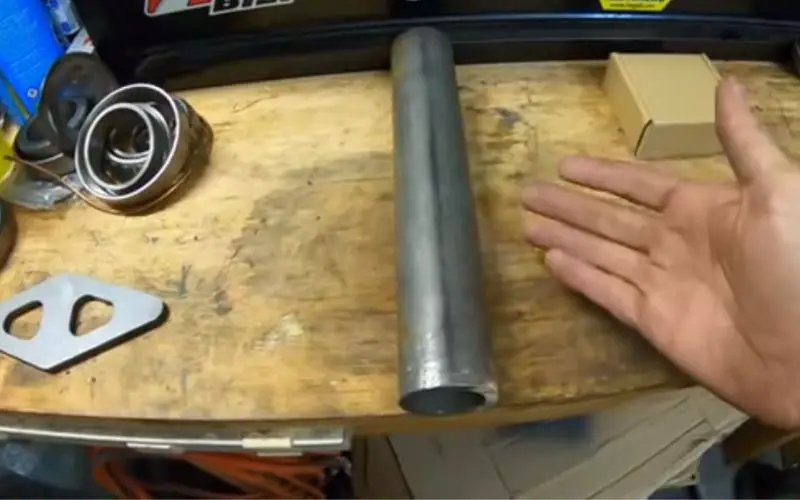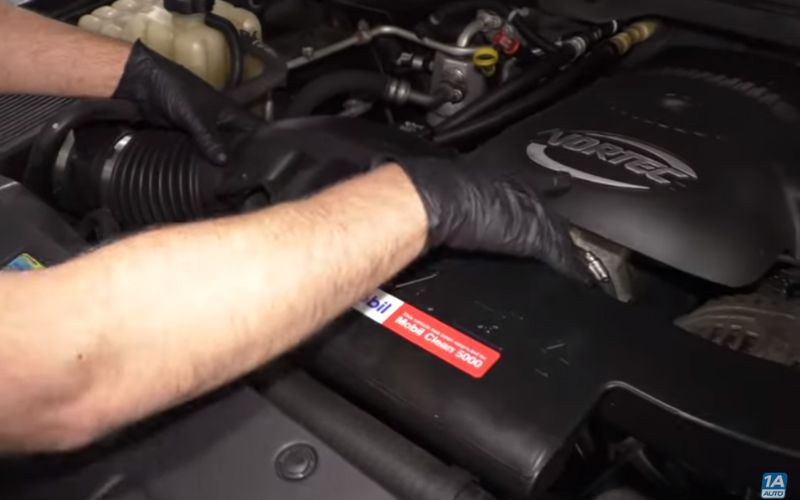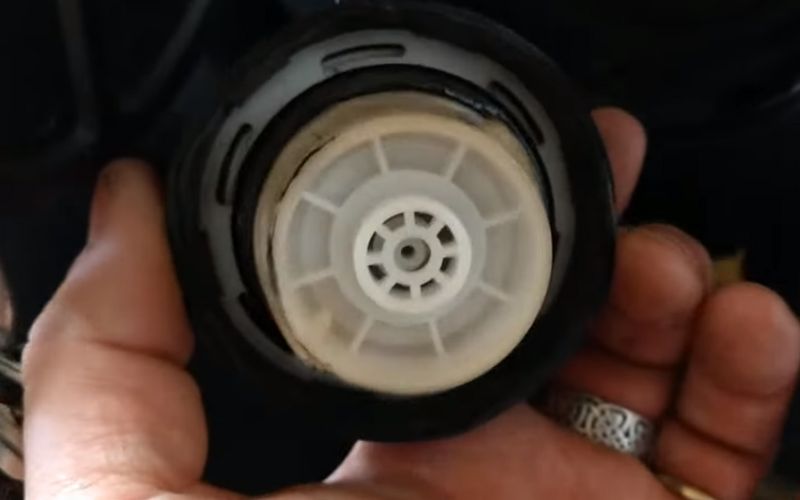Jeep Compass owners often check engine lights. These lights signal issues that need attention. But what do the codes mean?
Some common codes are P0300 for engine misfires and P0420 for catalytic converter issues. These codes help identify the problem.
Want to decode these mysterious signals? Keep reading. We’ll dive deep into Jeep Compass check engine codes. You’ll learn what they mean and how to fix them. Stay tuned.
Common Jeep Compass Check Engine Codes
| DTC (Diagnostic Trouble Code) | Code Description | Reason |
| B1001 | A/C Switch Request Input Circuit Low (ATC & MTC) | Possible issue with the A/C switch request input circuit being at a low voltage. |
| B1002 | A/C Switch Request Input Circuit High (CCN) | Possible issue with the A/C switch request input circuit being at a high voltage. |
| B1016 | Rear Defrost Switch Input Circuit Low (CCN) | Possible issue with the rear defrost switch input circuit having a low voltage. |
| B1031 | Evaporator Fin Temperature Sensor Circuit Low (MTC) | Possible issue with the evaporator fin temperature sensor circuit having a low reading. |
| B1032 | Evaporator Fin Temperature Sensor Circuit High (MTC) | Possible issue with the evaporator fin temperature sensor circuit having a high reading. |
| B10C1 | A/C Select Switch Stuck (CCN) | A/C select switch may be stuck in one position, causing this code. |
| B10C2 | Rear Defrost Switch Stuck ‐ Cluster | Rear defrost switch may be stuck in one position, causing this code. |
| B123F | Menu Switch Stuck | Possible issue with the menu switch being stuck. |
| B127A | Compass Performance | Indicates an issue with the compass performance, which may require calibration or repair. |
| B1288 | Trip/Toggle Switch Performance | Indicates an issue with the trip/toggle switch performance, possibly due to a malfunction. |
| B1401 | Front Left Audio Speaker Output Circuit Low | Possible issue with the front left audio speaker output circuit having a low signal. |
| B1402 | Front Left Audio Speaker Output Circuit High | Possible issue with the front left audio speaker output circuit having a high signal. |
| B1403 | Front Left Audio Speaker Output Circuit Open | Possible issue with the front left audio speaker output circuit being open or disconnected. |
| B1405 | Front Right Audio Speaker Output Circuit Low | Possible issue with the front right audio speaker output circuit having a low signal. |
| B1406 | Front Right Audio Speaker Output Circuit High | Possible issue with the front right audio speaker output circuit having a high signal. |
Some Codes With Troubleshooting
Your Jeep Compass’s check engine light (CEL) can signal various issues.
This guide explores common check engine codes, helping you understand and troubleshoot them efficiently.
Let’s decode the CEL and keep your Compass running smoothly.
P0300: Engine Misfires

The P0300 code in your Jeep Compass indicates engine misfires. It’s a generic code that doesn’t pinpoint a specific cylinder but rather flags a general issue with engine misfiring.
Engine misfires occur when the air-fuel mixture in one or more cylinders doesn’t ignite properly, leading to a lack of power, poor fuel efficiency, and increased emissions.
Symptoms:
- Rough idling or engine vibrations
- Decreased fuel efficiency
- Loss of power and acceleration
- Illuminated check engine light
- Engine may stall or hesitate
Tools Needed for Troubleshooting:
- OBD-II scan tool
- Spark plug socket and ratchet
- Ignition coil tester
- Compression tester
- Fuel pressure gauge
Step-by-Step Troubleshooting Guide:
- Scan for Codes: First, use an OBD-II scanner. Confirm it’s the P0300 code.
- Inspect Spark Plugs: Often, spark plugs are the issue. Check them. Replace if needed.
- Check Coils and Wires: Damaged coils or wires can cause misfires. Replace them if they’re worn out.
- Examine Fuel Injectors: Sometimes, a clogged injector is the culprit. Clean or replace it.
- Clear the Code: Use the OBD-II scanner again. Erase the code and see if it returns.
- Take a Test Drive: Drive around a bit. See if the problem is gone.
- Professional Help: If the code comes back, consult a mechanic.
P0420: Catalytic Converter Issues

The P0420 code in your Jeep Compass points to potential problems with the catalytic converter.
This essential component in your vehicle’s exhaust system is responsible for reducing harmful emissions.
When the catalytic converter isn’t functioning efficiently, it can lead to increased emissions, which is harmful to the environment and can result in your vehicle failing emissions tests.
Symptoms
- Reduced fuel efficiency
- Sluggish acceleration
- Foul-smelling exhaust
- Engine light stays on
Tools Needed
- OBD-II Scanner
- Wrench set
- Screwdriver
- Jack and jack stands
Step-by-Step Troubleshooting Guide
- Scan the Code: Use an OBD-II scanner to confirm it’s the P0420 code.
- Visual Check: Inspect the catalytic converter. Look for physical damage.
- Check O2 Sensors: Sometimes, a bad O2 sensor triggers this code. Replace if needed.
- Examine Exhaust System: Check for leaks or damage in the exhaust system.
- Clear the Code: Use the OBD-II scanner to erase the code. See if it comes back.
- Test Drive: Take your Jeep for a spin. Check if the symptoms are gone.
- Seek Professional Help: If the code returns, it’s time to see a mechanic.
Don’t ignore this code. It’s a red flag. Follow these steps to find the issue and fix it. If the problem persists, seek expert help.
P0171: System Too Lean

In simple terms, it means there’s too much air and too little fuel in the combustion process.
This imbalance can lead to various issues, including reduced engine performance, decreased fuel efficiency, and increased emissions.
It’s crucial to address this code promptly to prevent potential damage to your vehicle’s engine.
Symptoms
- Poor acceleration
- Engine stalling
- High fuel consumption
- Rough idle
Tools Needed
- OBD-II Scanner
- Screwdriver
- Fuel pressure gauge
- Vacuum gauge
Step-by-Step Troubleshooting Guide
- Scan the Code: Use an OBD-II scanner to confirm the P0171 code.
- Check Air Filter: A dirty air filter can cause this issue. Replace if needed.
- Inspect Fuel Injectors: Clogged fuel injectors can also trigger this code. Clean or replace them.
- Test Fuel Pressure: Use a fuel pressure gauge to check if the fuel pump is working well.
- Check for Vacuum Leaks: Use a vacuum gauge to find any leaks in the system.
- Clear the Code: Erase the code using the OBD-II scanner. Take a test drive to see if it returns.
- Consult a Mechanic: If the code comes back, it’s time for professional help.
P0455: EVAP System Leak

The EVAP system is responsible for capturing and storing fuel vapors to prevent them from escaping into the atmosphere. A significant leak in this system can lead to increased emissions and environmental pollution. Addressing this code promptly is essential to ensure your vehicle’s compliance with emissions regulations.
Symptoms
- Gas smell near the vehicle
- Poor fuel efficiency
- Check engine light on
- Failed emissions test
Tools Needed
- OBD-II Scanner
- Smoke machine
- Screwdriver
- Fuel cap wrench
Step-by-Step Troubleshooting Guide
- Check Fuel Cap: A loose fuel cap is a common cause. Tighten or replace it.
- Smoke Test: Use a smoke machine to find leaks in the EVAP system.
- Inspect Hoses: Check all hoses for cracks or damage. Replace if needed.
- Check Valves: Inspect the purge valve and vent valve. Replace if faulty.
- Clear the Code: Use the OBD-II scanner to erase the code. Take a test drive.
- Seek Professional Help: If the code returns, consult a mechanic.
How to Take Preventive Measures?
Preventing car issues starts with regular checks. Look under the hood often.
- Listen for strange sounds. Smell for odd odors. These are your car’s ways of talking to you. Next, don’t skip service dates.
- Regular oil changes and tune-ups are a must. They keep your car healthy.
- Now, let’s talk tools. Keep an OBD-II scanner in your car. It reads engine codes and helps you spot problems early. Early detection saves money.
- Last but not least, educate yourself. Know the common issues for your car model. The more you know, the better you can prevent problems.
So, are you ready to take action? Your car will thank you.
Conclusion
So, understanding Jeep Compass check engine codes is crucial. These codes are your car’s way of asking for help.
From engine misfires to EVAP leaks, each code has its symptoms and fixes. Regular checks and the right tools can save you time and money. So, don’t ignore these warning signs. Your car’s health depends on it.


Leave a Reply